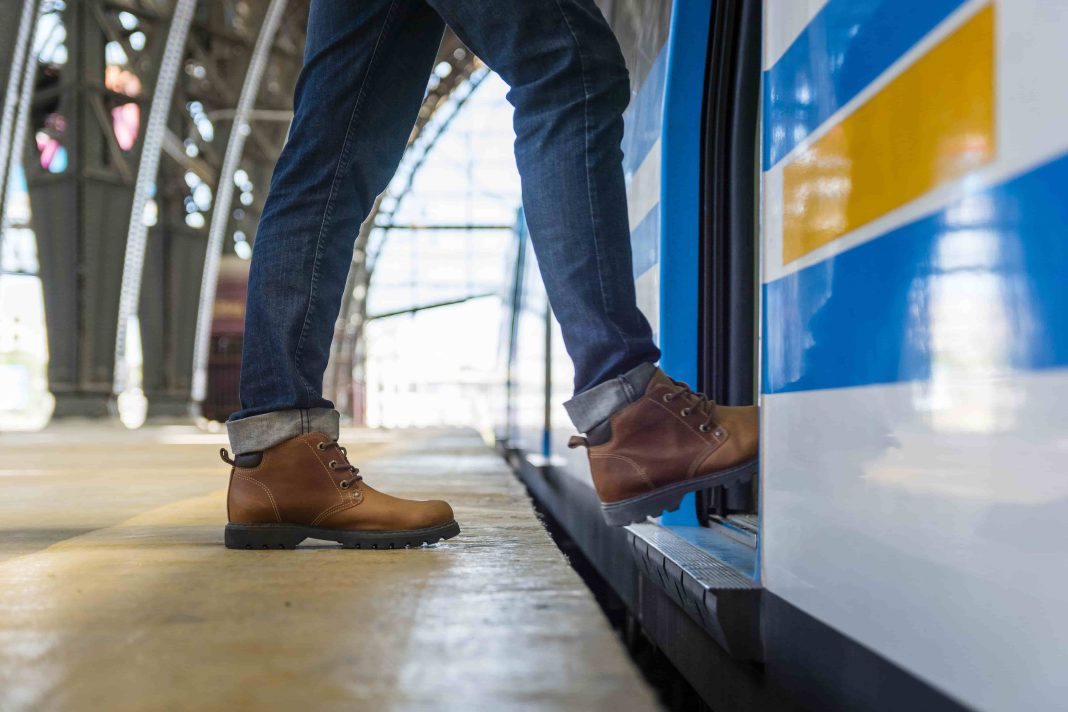Major Chiltern Service Disruption Leaves Commuters Stranded
A major Chiltern service disruption caused by a train breakdown at Wembley Stadium has left thousands of passengers facing severe delays and cancellations. The fault, which occurred during peak morning hours on July 1, 2025, affected routes between London Marylebone and key destinations including Aylesbury, High Wycombe, and Oxford. The Chiltern disruption has caused widespread commuter frustration as rail services grind to a halt.
What Caused the Chiltern Disruption?
The Chiltern service disruption began when a train fault at Wembley Stadium blocked all lines into and out of London Marylebone. National Rail reported that the broken-down train caused network-wide congestion, halting movement across major routes. The fault occurred at a critical time, affecting thousands of passengers during their morning commute.
This mechanical failure caused a domino effect across the network. Trains were either delayed by over 30 minutes or canceled entirely, disrupting schedules for both weekday commuters and regional travelers.
For ongoing updates, check the Chiltern Railways Journey Check page.
Routes Affected by Chiltern Service Disruption
The Chiltern disruption has significantly affected lines between London and major commuter hubs:
-
London Marylebone to Aylesbury
-
London Marylebone to High Wycombe
-
London Marylebone to Oxford
Crowded stations, unclear announcements, and long queues became common complaints among passengers. Several reported difficulty accessing real-time updates and finding staff for assistance.
National Rail advised travelers to consult the National Rail Enquiries journey planner for live schedules and alternative routes.
Chiltern Service Disruption: Passenger Reactions
The Chiltern service disruption has drawn a strong response from the public. Many commuters turned to social media to express anger over the lack of updates and poor communication. While some praised on-ground staff for doing their best under pressure, most called for improved systems and contingency planning.
Response to Chiltern Service Disruption by Rail Authorities
Chiltern Railways acknowledged the issue swiftly and dispatched teams to move the faulty train and reopen the blocked tracks. They issued public apologies and urged passengers to remain patient while the fault was resolved.
To ease the Chiltern service disruption, the company implemented the following measures:
-
Provided updates on their official website and social channels
-
Offered alternative travel via London Underground
-
Accepted Chiltern tickets on certain other operators’ services
Additionally, compensation is available under the Delay Repay scheme for passengers delayed 15 minutes or more.
Alternative Options During Chiltern Disruption
To mitigate the impact of the Chiltern service disruption, several travel alternatives were introduced:
-
London Underground: Chiltern tickets were accepted on select tube lines, including the Bakerloo and Metropolitan lines.
-
Bus replacements: Replacement buses were deployed on some disrupted routes.
-
Other rail operators: Travelers heading north or west were allowed to use Avanti West Coast and Great Western Railway on specific journeys.
Passengers were encouraged to speak with station staff or use help points to explore available rerouting options.
You can find route-specific advice on the Transport for London (TfL) website.
Why Do Chiltern Service Disruptions Happen?
Mechanical issues like the one causing this Chiltern service disruption are common in aging rail infrastructure. A single faulty train can block key routes and delay other services due to congestion and safety protocols.
Other contributing factors often include:
-
Track failures or debris
-
Power supply or signal issues
-
Extreme weather conditions
To understand more about frequent rail faults, Cross-Channel Rail Competition Set to Rise with Virgin’s Entry.
How to Handle Future Chiltern Service Disruptions
If you’re ever caught in another Chiltern service disruption, here are quick steps to minimize your inconvenience:
-
Check Live Updates: Use official apps or websites like National Rail and Chiltern Railways.
-
Use Journey Planners: Find alternative transport via journey planners or TfL.
-
Seek Help at Stations: Use information points or speak with staff.
-
Claim Compensation: If delayed over 15 minutes, submit a Delay Repay claim.
Want more guidance on navigating travel Amtrak Borealis Train: A Sustainable Travel Choice.
Preventing Future Chiltern Disruptions
The best way to avoid another Chiltern service disruption is through proactive infrastructure management. Chiltern Railways is reportedly reviewing maintenance protocols and exploring the replacement of aging rolling stock.
Investment in modern signaling systems, real-time diagnostics, and emergency response training will also reduce response times when faults do occur.
This incident is a wake-up call for UK rail providers to prioritize system upgrades and communication tools for passengers.
Final Thoughts on the Chiltern Disruption
The Chiltern disruption of July 1, 2025, highlights the vulnerabilities of the UK’s rail system. From mechanical failures to overcrowded stations and poor communication, the experience has left commuters demanding change.
For now, staying informed, flexible, and aware of your rights remains your best defense against future disruptions.



